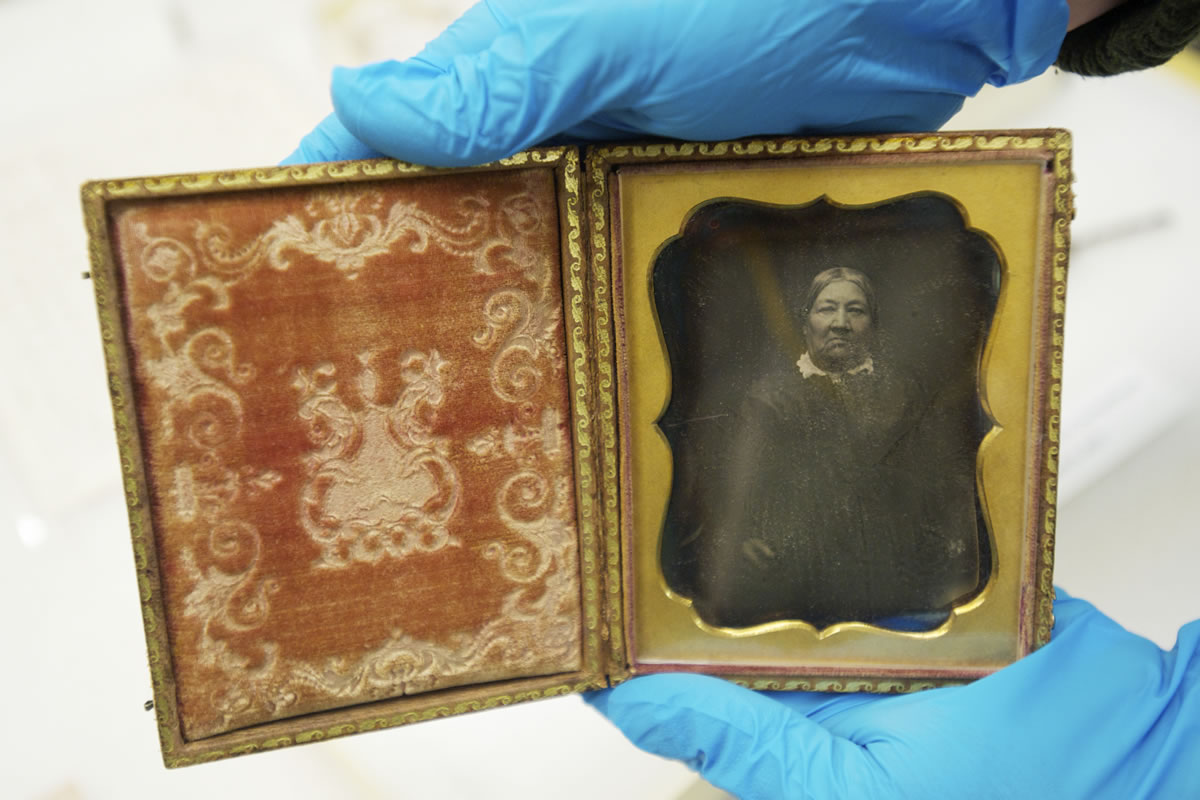Saturday: "The McLoughlin Family in the Northwest" -- Dr. John McLoughlin was chief factor of Fort Vancouver from 1825-45. Learn about his family's role in Northwest history, and see historic family heirlooms.
April 13: "The Women of Vancouver Barracks" -- Learn about the women who lived at the Army post, from laundresses to officers' wives, through items they owned.
May 11: "Fur Trade Families at Fort Vancouver" -- See what it was it like to raise a family and be a child at Fort Vancouver in the early 19th century through archaeological artifacts.
June 8: "Health and Hygiene in 19th Century Vancouver" -- Apothecary bottles and patent-medicine bottles show how the residents of Fort Vancouver and Vancouver Barracks tried to stay healthy, and how approaches to health and sanitation (including chamber pots) transformed during the 19th century.
July 13: "Public Archaeology Field School" -- Fort Vancouver has been the location of public archaeology field schools, in partnership with Portland State University and Washington State University Vancouver, since 2001. See artifacts from past years' excavations, and visit this year's school to talk to student archaeologists.
Aug. 10: "Faith at Fort Vancouver" -- Learn about the beliefs of Fort Vancouver residents through religious objects, such as crucifixes and rosaries, they left behind.
Sept. 14: "1845" -- Discover what life was like at Fort Vancouver in 1845 through the museum collection as well as its biggest living-history event of the year, "Campfires and Candlelight."
Oct. 12: "Spruce Mill Soldiers" -- Photos and artifacts tell the story of the Vancouver complex, built during World War I to mill wood for warplanes, and its soldiers.




